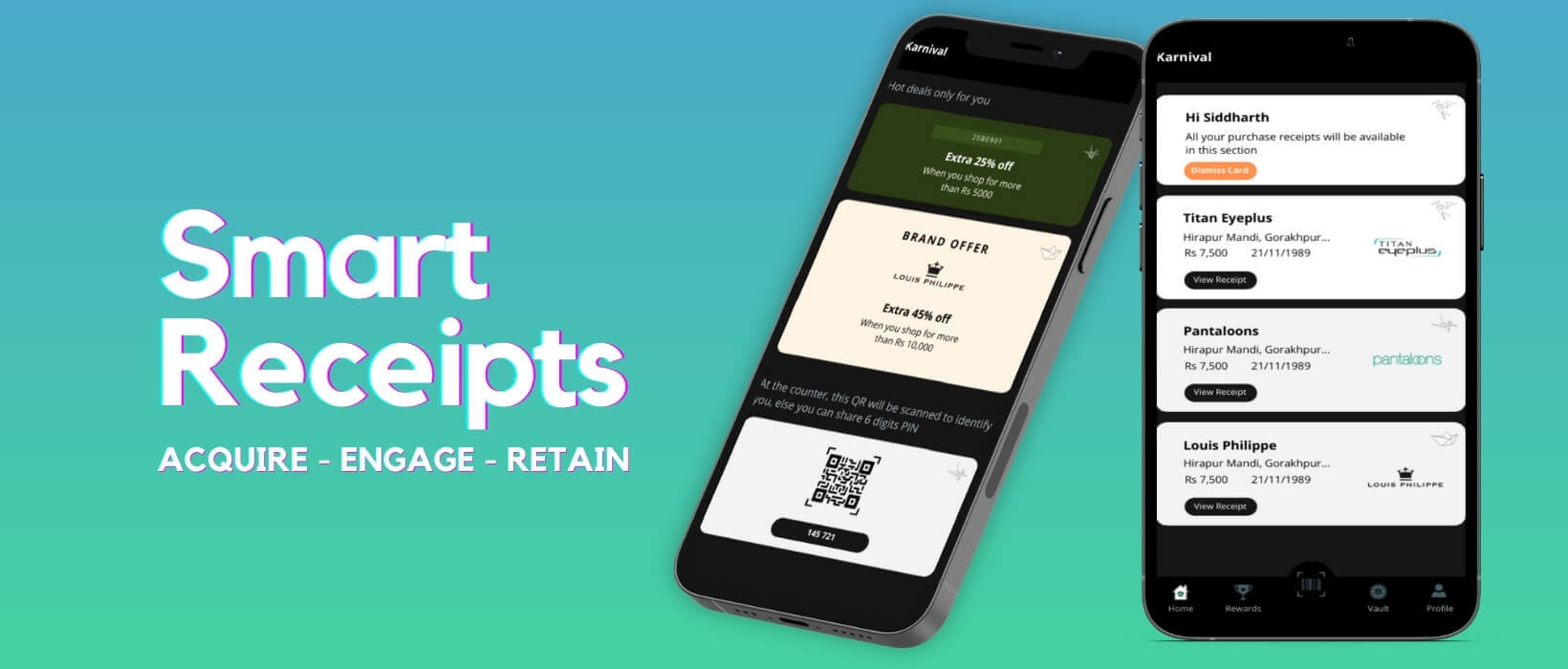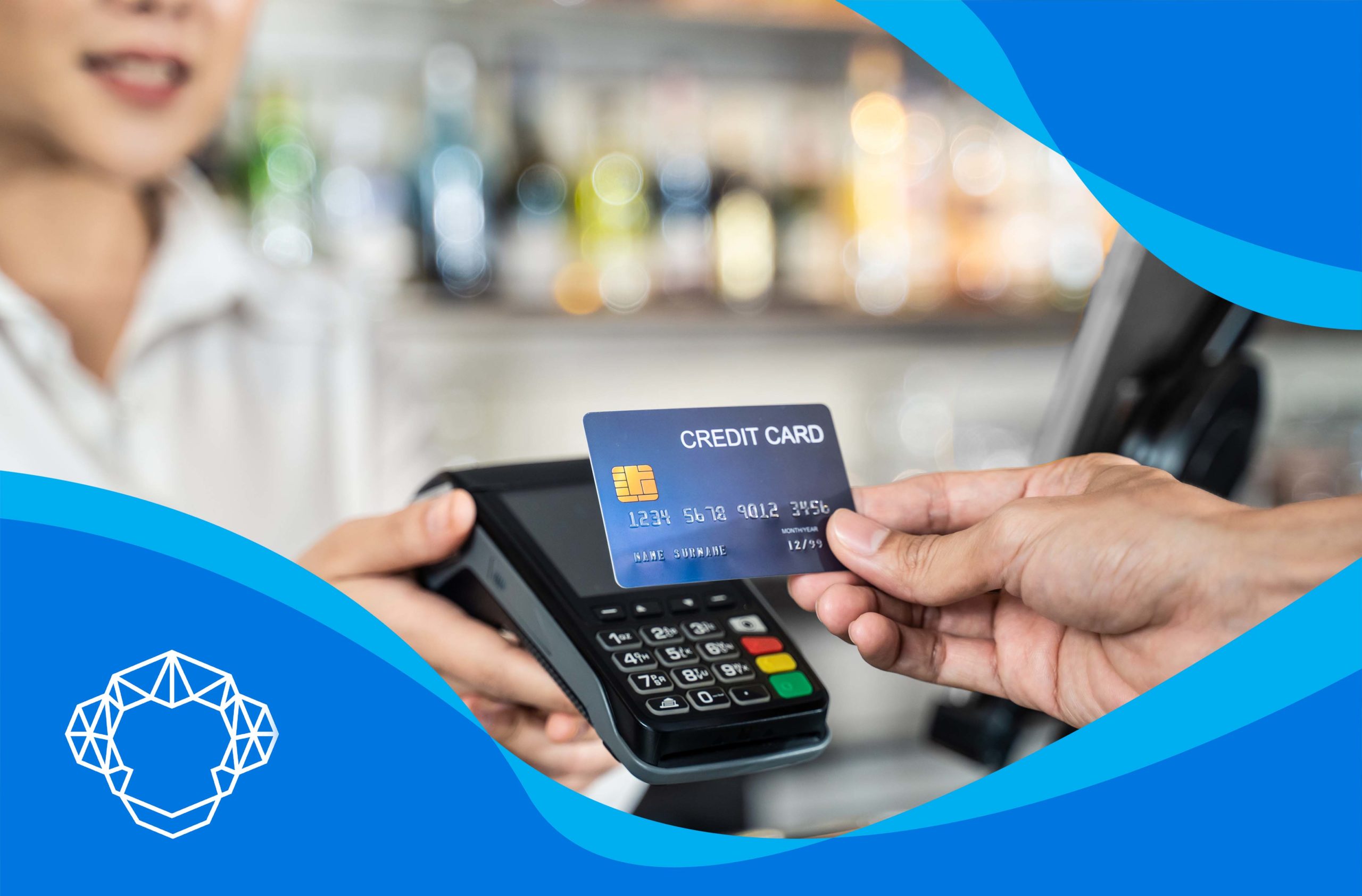The Role of IoT in Next-Gen POS Systems

The Internet of Things (IoT) has rapidly transformed industries, and retail is no exception. With the advent of next-generation Point-of-Sale (POS) systems, IoT technology is driving significant advancements that are revolutionizing the way businesses operate. From enhancing customer experiences to streamlining back-end processes, IoT is redefining the role of POS systems in the modern business landscape.
What is IoT in POS Systems?
IoT refers to a network of interconnected devices that communicate and share data over the internet. In the context of POS systems, IoT integrates sensors, smart devices, and cloud computing to create a seamless and efficient retail ecosystem. These interconnected components collect, analyze, and act on data in real-time, enabling smarter business decisions and improved customer interactions.
Enhancing Customer Experiences
One of the most noticeable impacts of IoT on POS systems is the enhancement of customer experiences. IoT-enabled POS systems can:
- Personalize Interactions: With IoT sensors and data analytics, businesses can collect customer preferences and purchasing patterns. This information allows them to offer personalized recommendations and targeted promotions at checkout.
- Enable Contactless Payments: IoT facilitates seamless payment methods, including NFC (Near Field Communication) and mobile wallets, ensuring faster and more secure transactions. These technologies are becoming increasingly vital in the post-pandemic world, where contactless solutions are in high demand.
- Support Smart Shelves and Inventory: IoT-powered smart shelves communicate directly with POS systems. They notify staff when stock levels are low, ensuring that popular items are always available for customers.
- Facilitate Queue Management: IoT-enabled queue management systems integrate with POS systems to analyze customer flow and predict busy times. This helps businesses optimize staffing and reduce wait times, improving overall customer satisfaction.
Streamlining Operations
IoT also plays a critical role in streamlining operations and improving the efficiency of POS systems. Some key operational benefits include:
- Real-Time Inventory Management: IoT devices like RFID tags and sensors provide real-time updates on inventory levels. This integration with POS systems ensures that stock information is accurate, reducing the risk of overstocking or stockouts.
- Predictive Maintenance: IoT sensors monitor the health of POS hardware and other devices, sending alerts when maintenance is required. This reduces downtime and ensures that operations run smoothly.
- Automated Data Collection: IoT devices automate the collection and transmission of data, minimizing manual errors and providing actionable insights for business owners.
- Energy Efficiency: Smart devices connected through IoT can monitor and control energy usage in retail spaces. For example, lighting and HVAC systems can be optimized based on customer traffic patterns.
The Role of IoT in Security
Security is a top concern for businesses, especially when dealing with financial transactions and sensitive customer data. IoT enhances POS security in several ways:
- Enhanced Fraud Detection: IoT devices use machine learning algorithms to detect unusual patterns or fraudulent activities, allowing businesses to respond quickly.
- Secure Transactions: IoT-powered POS systems integrate with secure payment gateways and employ advanced encryption methods to protect customer data.
- Remote Monitoring: Businesses can monitor their POS systems and other IoT devices remotely, ensuring that any security breaches are addressed promptly.
Challenges and Considerations
While IoT offers numerous benefits, it also comes with challenges that businesses need to address:
- Data Privacy: With IoT devices collecting vast amounts of data, ensuring customer privacy and compliance with regulations is critical.
- Integration Complexity: Integrating IoT with existing POS systems can be complex and require significant investment.
- Cybersecurity Risks: IoT devices are potential entry points for cyberattacks. Businesses must implement robust security measures to protect their networks.
- Cost: The initial cost of deploying IoT-enabled POS systems can be high, though the long-term benefits often outweigh these expenses.
Future Trends
As IoT technology continues to evolve, the possibilities for next-gen POS systems are expanding. Emerging trends include:
- AI-Driven Insights: IoT and AI integration will enable POS systems to provide predictive analytics and actionable insights.
- Augmented Reality (AR): AR-enabled POS systems will offer immersive shopping experiences, blending physical and digital interactions.
- Blockchain for Security: Blockchain technology will enhance the security and transparency of IoT-enabled POS transactions.
- Voice-Activated POS Systems: Voice recognition technology will make POS systems even more user-friendly and efficient.
Conclusion
IoT is undeniably a game-changer for next-gen POS systems. By enhancing customer experiences, streamlining operations, and improving security, IoT-enabled POS systems are setting new standards for retail and other industries. As businesses continue to embrace IoT, they must navigate its challenges while leveraging its potential to stay competitive in an increasingly connected world. With the right strategy and technology, IoT-powered POS systems can drive growth, efficiency, and innovation for years to come.





